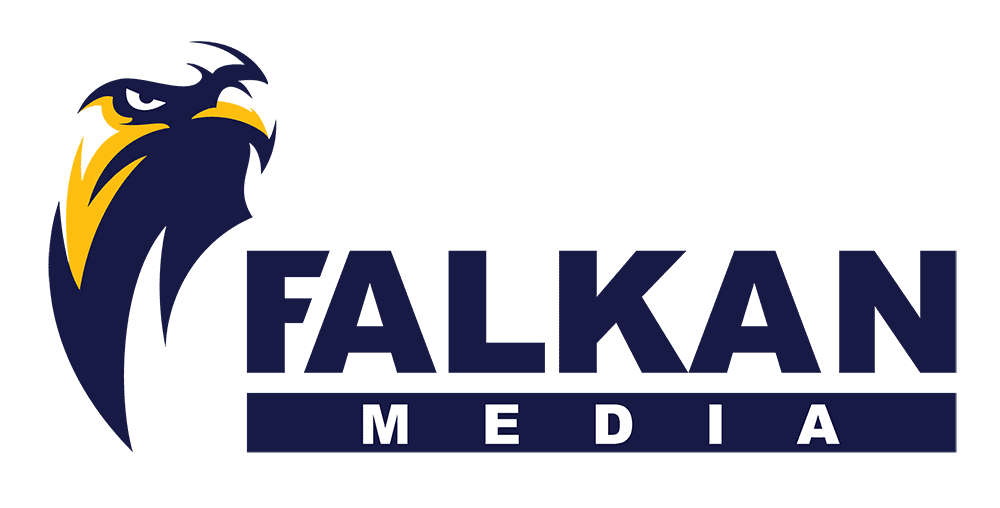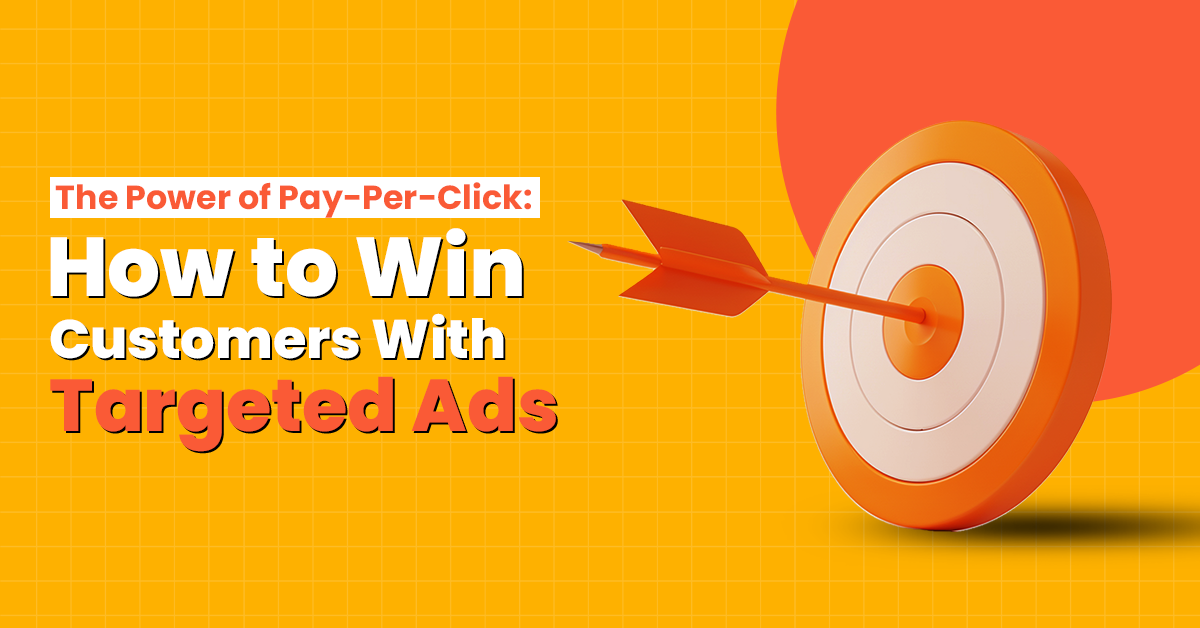In today’s digital age, businesses are constantly seeking effective ways to attract and retain customers. One powerful tool in the arsenal of digital marketing is Pay-Per-Click (PPC) advertising. PPC allows businesses to reach their target audience with precision, driving traffic, leads, and sales. This article explores the power of PPC advertising, providing insights on how to win customers with targeted ads.
What is Pay-Per-Click Advertising?
Pay-Per-Click (PPC) advertising is a model of internet marketing where advertisers pay a fee each time one of their ads is clicked. Essentially, it’s a way of buying visits to your site rather than attempting to earn those visits organically.
How It Works
PPC advertising operates primarily on platforms like Google Ads, Bing Ads, and social media networks such as Facebook, Instagram, and LinkedIn. Advertisers bid on specific keywords and phrases relevant to their business. When users search for those keywords, the ads appear in the search engine results or on social media feeds. Advertisers only pay when users click on their ads.
The Advantages of PPC Advertising
Targeted Reach
One of the biggest advantages of PPC is its ability to target specific audiences. Advertisers can tailor their ads based on various factors, such as demographics, location, interests, and even the time of day. This ensures that ads are shown to the right people at the right time, maximizing the chances of conversion.
Example: A local bakery can use PPC to target ads to people within a 10-mile radius, ensuring that their advertising budget is spent on reaching potential customers who are most likely to visit their shop.
Cost-Effective
PPC allows for precise budgeting and control over advertising spend. Advertisers set a maximum budget and can adjust their bids for specific keywords to ensure they stay within their financial limits. This cost-control mechanism ensures that businesses only pay for actual clicks, providing a measurable return on investment (ROI).
Example: An e-commerce store selling handmade jewelry can set a daily budget of $50 for their PPC campaign. By monitoring the performance and adjusting bids, they can optimize their spend to achieve the best results without overspending.
Immediate Results
Unlike organic search engine optimization (SEO) efforts, which can take months to show results, PPC ads can drive traffic to your website almost instantly. Once the campaign is set up and live, ads start appearing, and potential customers can immediately start clicking on them.
Example: A new online course platform can launch a PPC campaign to attract students to their site. Within hours, they can start seeing traffic and registrations, allowing for quick validation of their course offerings.
Key Components of a Successful PPC Campaign
Keyword Research
Effective keyword research is the foundation of a successful PPC campaign. Identifying the right keywords that potential customers are using to search for products or services ensures that ads reach the most relevant audience.
Tools for Keyword Research:
Google Keyword Planner
SEMrush
Ahrefs
Compelling Ad Copy
The ad copy needs to be engaging and relevant to entice users to click. A good PPC ad should have a clear headline, a concise description, and a compelling call-to-action (CTA).
Example: An ad for a travel agency might read: “Discover Exotic Destinations – Book Your Dream Vacation Now! Exclusive Deals Available.”
Landing Pages
Once a user clicks on an ad, they should be directed to a well-designed landing page that matches the ad’s promise. The landing page should be optimized for conversions, with a clear headline, relevant content, and an easy-to-complete form or CTA.
Example: For the travel agency ad, the landing page should feature beautiful images of exotic destinations, customer testimonials, and a simple booking form.
Monitoring and Optimization
Regularly monitoring the performance of PPC campaigns and making necessary adjustments is crucial for maximizing ROI. This includes analyzing click-through rates (CTR), conversion rates, and cost-per-click (CPC).
Example: A fashion retailer might notice that certain keywords are generating high traffic but low conversions. By adjusting bids or refining the ad copy, they can improve the campaign’s effectiveness.
Advanced PPC Strategies
Retargeting
Retargeting (or remarketing) involves showing ads to users who have previously visited your website but did not make a purchase. This strategy keeps your brand in front of potential customers, encouraging them to return and complete their purchase.
Example: An online electronics store can use retargeting to show ads for a specific product that a user viewed but didn’t buy, offering a limited-time discount to entice them to complete the purchase.
Geo-Targeting
Geo-targeting allows businesses to show ads to users in specific locations. This is particularly useful for local businesses looking to attract nearby customers.
Example: A new restaurant can use geo-targeting to display ads to users within a 5-mile radius, promoting their grand opening and special offers.
Ad Extensions
Ad extensions provide additional information and increase the visibility of PPC ads. These can include site link extensions, call extensions, location extensions, and more.
Example: A law firm can use call extensions in their PPC ads, allowing users to click and call directly from the ad, making it easy for potential clients to get in touch.
Measuring PPC Success
Key Metrics
To measure the success of PPC campaigns, advertisers should focus on several key metrics:
Click-Through Rate (CTR): The percentage of people who click on your ad after seeing it.
Conversion Rate: The percentage of users who complete the desired action (e.g., making a purchase) after clicking on the ad.
Cost-Per-Click (CPC): The average amount you pay for each click on your ad.
Return on Ad Spend (ROAS): The revenue generated for every dollar spent on advertising.
Analyzing Performance
Regularly analyzing these metrics helps advertisers understand what’s working and what’s not. By using tools like Google Analytics and the reporting features of ad platforms, businesses can gain insights into their campaign performance and make data-driven decisions.
Example: An online fitness program might find that their PPC ads targeting “home workout plans” have a higher CTR and conversion rate compared to ads targeting “fitness training.” By reallocating budget towards the more effective keywords, they can improve overall campaign performance.
Real-World Examples of PPC Success
Indian E-commerce Giant Flipkart
Flipkart, one of India’s leading e-commerce platforms, leverages PPC advertising to drive traffic and sales. By using targeted Google Ads and Facebook Ads, Flipkart reaches a wide audience and promotes its diverse range of products. The company uses advanced targeting techniques, such as retargeting and geo-targeting, to maximize ad effectiveness and ensure high conversion rates.
Insight: Flipkart’s success demonstrates the power of PPC in driving e-commerce growth and reaching a large, targeted audience through strategic ad placements.
Local Business Example: Chumbak
Chumbak, a popular Indian brand known for its quirky and colorful products, uses PPC advertising to boost online sales and brand awareness. Through Google Ads and social media platforms, Chumbak targets specific demographics and interests, showcasing their unique product offerings to potential customers.
Insight: By leveraging PPC ads, Chumbak effectively reaches its target audience, increases website traffic, and drives sales, showcasing the potential for local businesses to succeed with targeted advertising.
Global Brand Example: Airbnb
Airbnb uses PPC advertising to attract both hosts and travelers to their platform. By targeting specific keywords related to travel accommodations and vacation rentals, Airbnb ensures that their ads reach users actively looking for places to stay. Additionally, they use retargeting to re-engage users who have previously visited their site but didn’t book a stay.
Insight: Airbnb’s strategic use of PPC ads helps them stay competitive in the travel industry, driving traffic and conversions through targeted and retargeted ad campaigns.
Conclusion Pay-Per-Click advertising is a powerful tool for businesses of all sizes, offering targeted reach, cost-effective budgeting, and immediate results. By understanding the key components of a successful PPC campaign, leveraging advanced strategies, and measuring performance, businesses can win customers and drive growth through targeted ads. Whether you’re a local bakery or a global e-commerce giant, PPC can help you connect with your audience and achieve your marketing goals.

